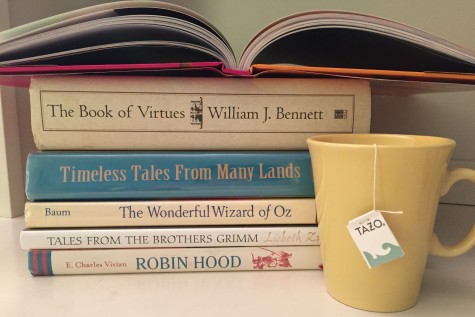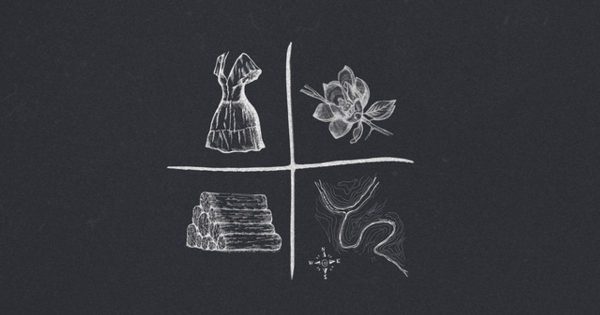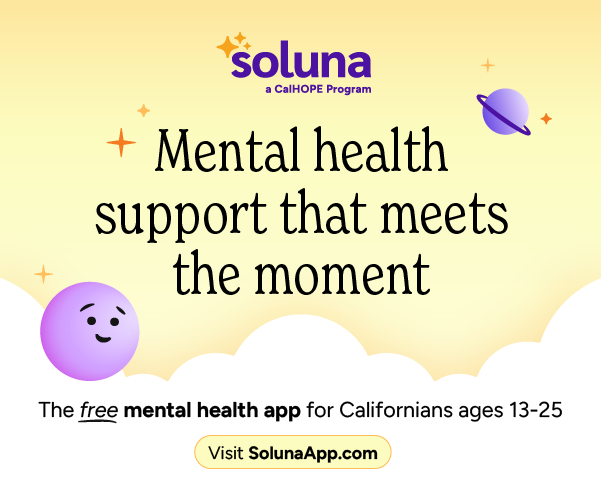Show ‘n’ spell
Gather ’round, it’s story time…
We all know the story.
The princess goes to the ball. Eats an apple. Fights the dragon. Talks to mice. Gets her legs back.
These are the fairy tales that we grew up with. But there is more to a fairy tale than just a princess and her prince or a boy and his beanstalk.

It’s not only about true love’s kiss or bippity boppity boo, fairy tales have a larger impact on society than just providing us with amazing soundtracks and award-winning movies.
Feb. 26, 2015 may seem like your typical Thursday, but in fact, it’s also referred to as its more “magical” title — Tell A Fairy Tale Day. This national holiday is meant to be a reminder of the impact of the familiar stories of our childhood. Although many fairy tales are prevalent throughout our lives, we often fail to recognize them – and even when we do, we often underestimate their importance.
“They’re everywhere,” said sophomore Mary Retoske. “I may be broadening the definition of what a fairy tale is but I count the Twilight series as a fairy tale. I feel like if I watched the movie, openheartedly, no judgment, I would say that the moral is that there are people who are there for you, who have your back. Even with all the love triangles and the sparkly skin, Twilight sent us a good message.”
Due to the pressures of adulthood and the expectation of “being mature”, we often ignore the presence of fairy tales in the stories we hear every day. Instead, for many, the daily bedtime stories have become weekly reality shows. Ironically, these shows that supposedly show content for “mature” viewers actually present the demise of morality and promotion of conflict, drama and shallowness.
Although fairy tales are composed of made-believe characters and settings, the lessons they present are much more “mature” than lessons from reality TV.
“My favorite fairy tale would have to be The Little Mermaid,” Retoske said. “When I read the non-Disneyfied version by the original author, Hans Christian Andersen, I grew to love it even more. It has an interesting parallel to real life: giving up part of yourself to become more like others. As a high school student, I see that a lot and it’s relatable to almost all teenagers.”
Fairy tales aren’t just limited to teaching the moral of good versus evil, but rather extend to teaching the life lessons that can relate to anyone at any time. These same stories are still passed on from generation to generation not simply because they are entertaining, but more because they have qualities that give them meaning.
“I think they endure because they often express universally human ideas such as how to cope with loss or how to face danger bravely,” said Bryn DuBois, world history teacher. “They continue to be meaningful to us because they are an expression of what it means to be human.”
As we evolve, fairy tales evolve with us — old fairy tales change and new fairy tales emerge. The close relationship they have with our lives makes them a closer representation of our lives than commonly thought.
“I think that part of how I teach is to tell stories and history is where our stories often come from,” DuBois said. “They can tell us a lot about what we as a society value [and] what we find heroic or villainous.”
Fairy tales follow us through our daily lives and teach us something more valuable than the latest trend, celebrity or social media obsession. The importance of appreciating these fairy tales has helped make us who we are.
So take this special day to go back to all those bedtime stories you heard in kindergarten, and even go back to all those boring books you read – or more likely didn’t read – for English. It’s days such as Tell a Fairy Tale Day that bring us back to our morality with stories that teach us to work hard, tell the truth, be chivalrous or even to venture outside our comfort zone. With all the morals that encompass our daily lives, we’ll be able to live out our happy ending with our seven dwarfs, our fairy godmothers or our ruby slippers.
And you know how the rest of the story goes…










